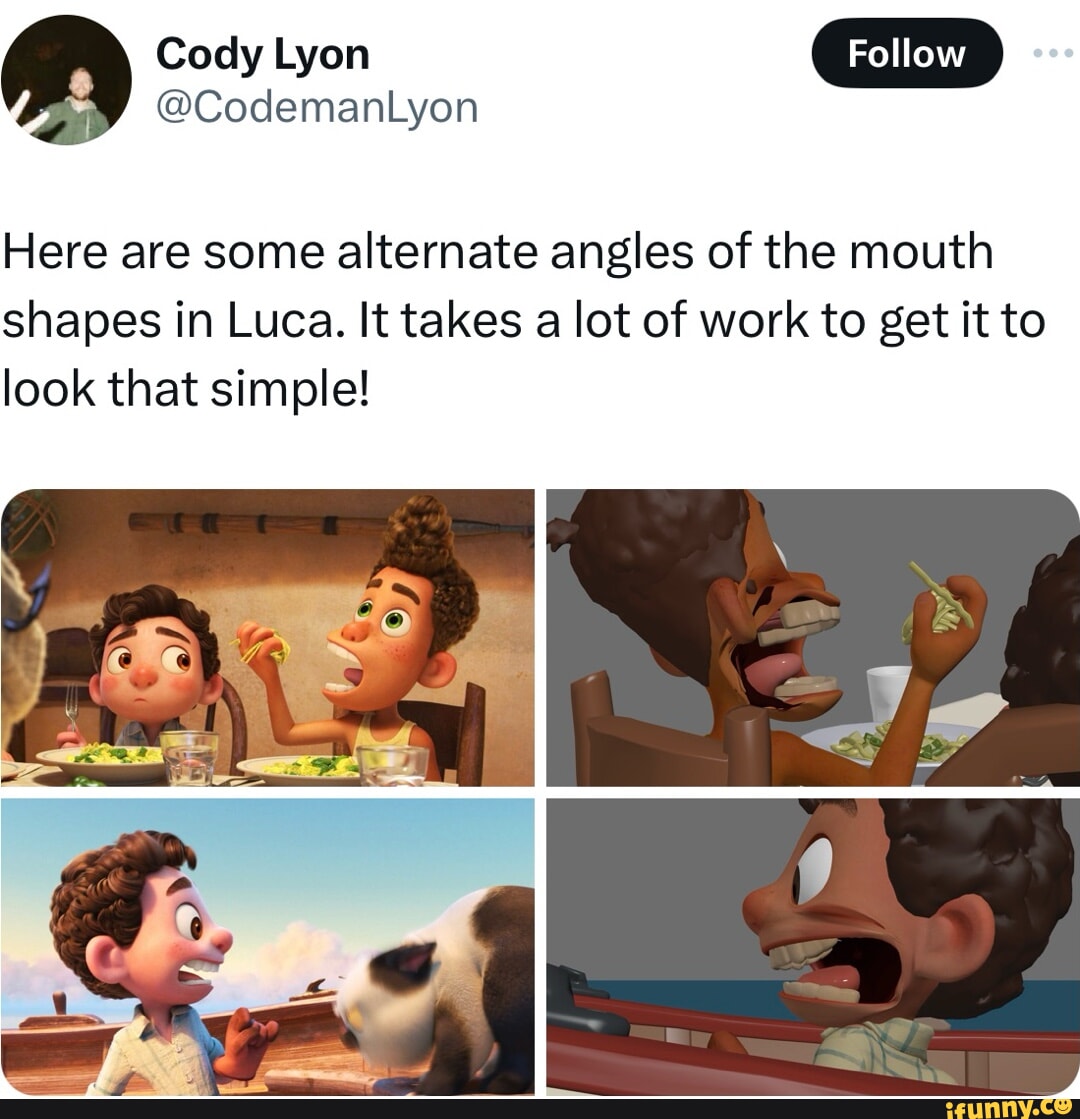File size is definitely becoming one of the worst bottlenecks for visually appealing AAA games. No one wants to ship games over 100gb or over two discs. Hell Square did it with Rebirth and it still has some dodgy textures.
Hellblade 2 is not releasing at retail on a disc (looks like there may be redemption cards, but as of now it's not available via physical media,) so they're not exactly locked into that restriction. Not sure why else they'd cap it at 70GB, (if in fact anything was changed specifically for file size concerns)?
But yes, file size is an issue that there is not much of an answer for awaiting us in the future. As I mentioned a few threads back, bandwidth and storage are not growing exponentially anymore, and physical media is just about hopeless.
...That said, there are technical reasons why "dodgy textures" appear in games which don't necessarily have to do with the resolution or quality of the texture. Prioritization, asset management, automated compression, format compatibilities with surfaces in lighting conditions or memory constraints, what have you. Somebody who has experience in this field can explain what's going on better than me (sometimes it probably still is rushing, especially when coordinating contractor studios shipping over assets,) but my bet would be that if you looked at just the textures which are considered "dodgy" in a game, you'd say, "Hmm, this looks fine here, but terrible over there, what happened?"
The file sizes needed for the UE5 tech demos stretched into full games would be 200+gb...
Kind of? There are features in Nanite which actually can cut down on file size; the actual mesh itself is "specialized mesh encoding," according to Epic, and is optimized mathematically over standard methods. Then there are features/tricks that Nanite can use which can potentially eliminate some of the layers of texture (because when we talk about a game's "texture", we're thinking about the red and brown paintjob of the rocks, but there's also stuff like Normal, BaseColor, Metallic, Specular, Roughness, and Mask textures. You can have a 4K Normal Map texture just for bumpiness. Here, the fake layer of viewable depth might be replaceable in Nanite through actual depth built into the mesh. (So instead of there being a trick of light and specularity and shading to make rivets look like they're sticking out of a flat drawing, you actually model them to stick out of the surface.) New surface tesselation and procedural content features could also supplant detailed methods of many high-res passes on a surface. That's a lot of promise, and in execution Nanite doesn't always do exactly what you hope it would do (and especially up close, it apparently becomes "sludgy" as it has trouble with the super-near geometry reshaping,) but techniques exist to help with bloat.

...But yeah, we're talking about very big assets coming in to a Nanite-driven project, so that we may get the full benefit of Nanite. And many, many other aspects of game production are bumping up file size as well. The Matrix Awakens / City Sample used a lot of procedural processes to copy and reform buildings (I think there are only something like 40 unique building designs in the whole thing,) yet the assets add up to 100GB and even compressed and cut down for console are still 25GB for not much material. It is a problem.
(Also, we've been given promissory notes since the beginning of this gen about file size... "Yay, Nanite and SSDs and DirectStorage file archive formats and Kraken compression - our drives are saved!!" In reality, we're still out to sea. If none of these advancements could make the difference, it's hard to say what else could come along and help.)







